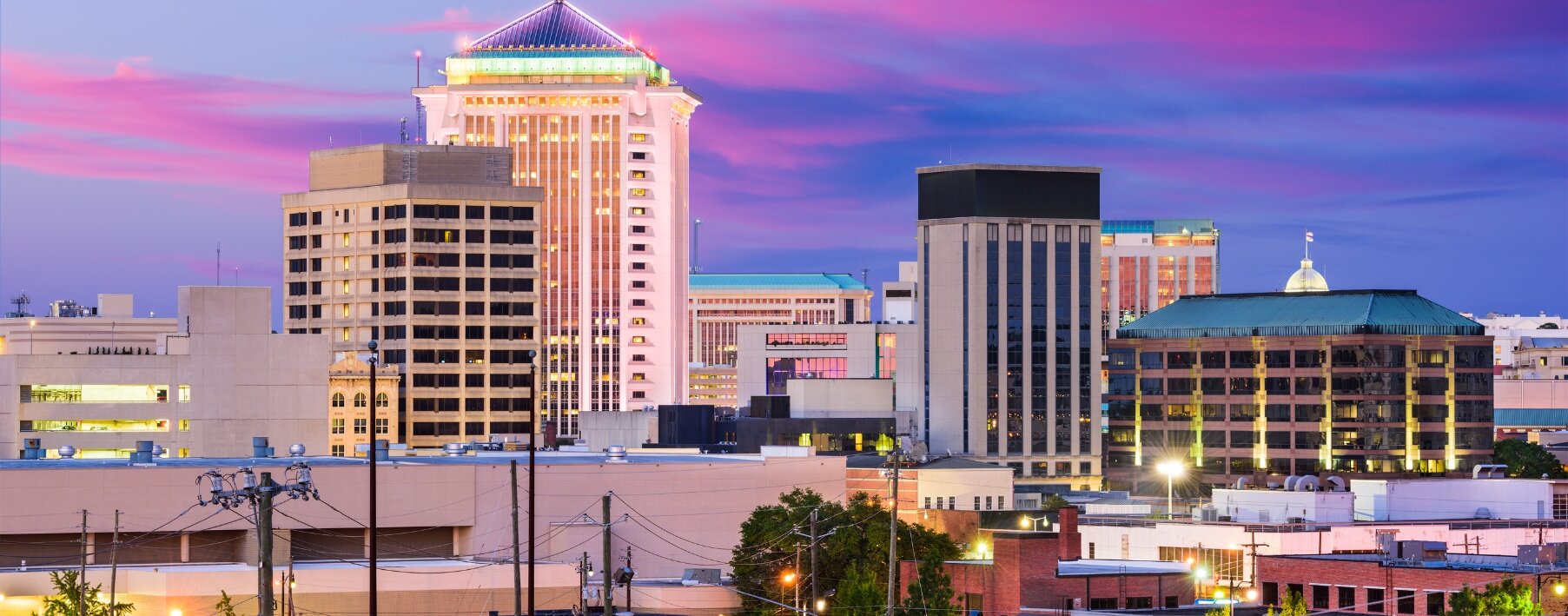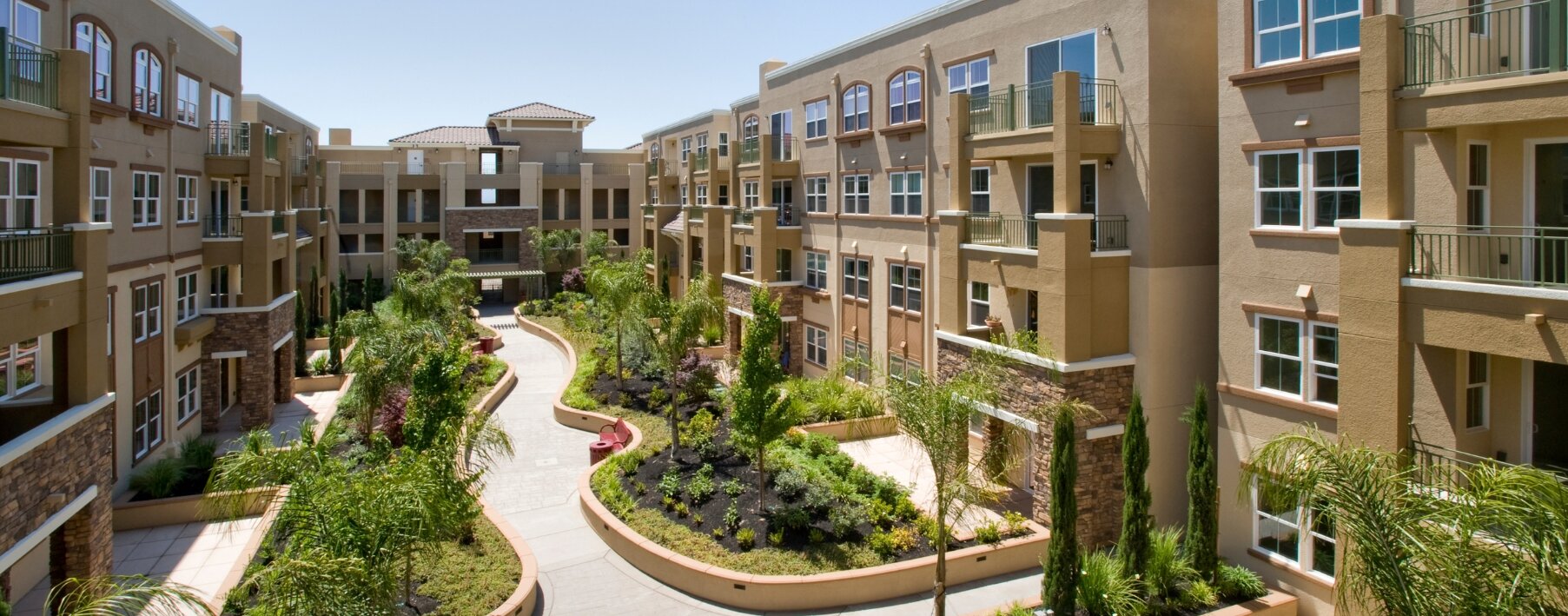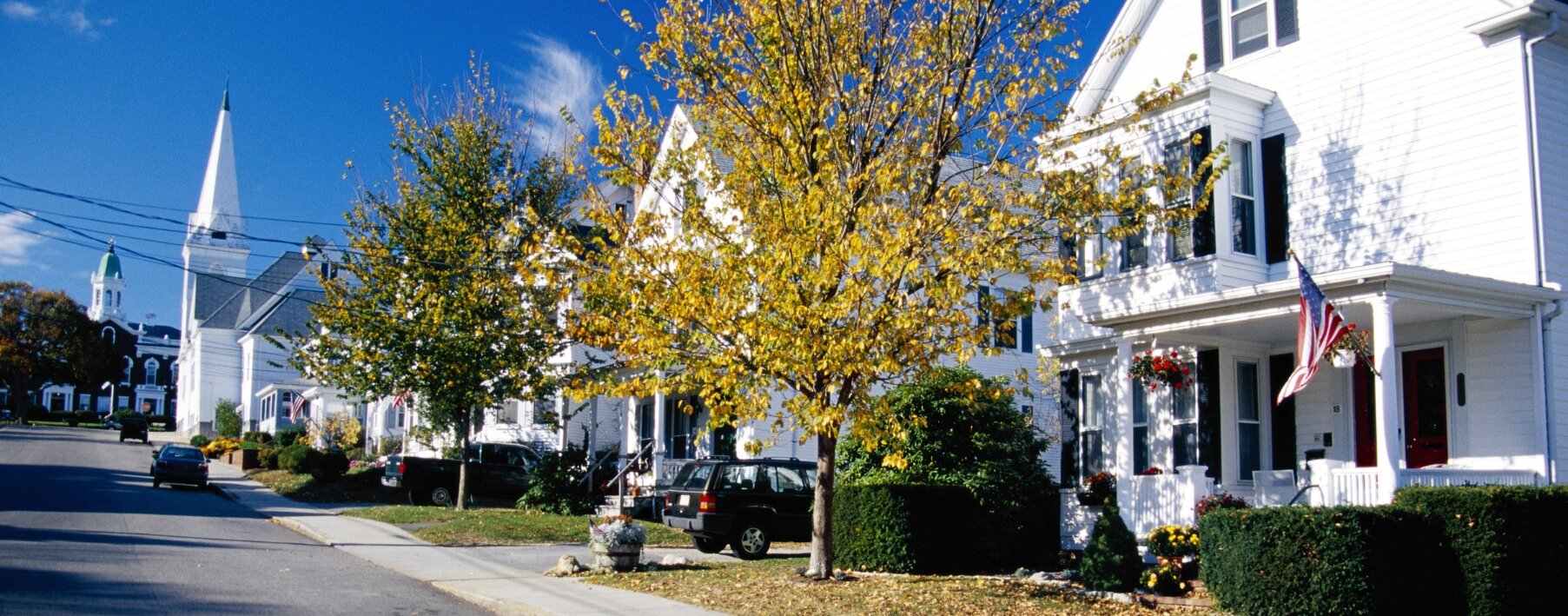Wildfire Insurance Insights [Guard Against Flames]
Wildfires have become a growing concern, particularly in areas prone to dry seasons and dense vegetation.
From January to July 2024, 28,154 fires occurred, burning 4,449,282 acres in the US. The increased frequency and intensity of these fires have caused significant property damage, leaving homeowners searching for ways to protect their investments and assets.
Wildfire insurance helps property owners recover from the financial impact of wildfires. This article will discuss what wildfire insurance is, offer a comprehensive guide to understanding how it works, and explain why it's essential for homeowners in high-risk areas.
Key takeaways
- Wildfire insurance is a specific type of coverage to protect against losses caused by wildfires, distinct from standard fire insurance.
- Homeowners insurance may or may not cover wildfire damage, depending on the policy and region.
- The cost of wildfire home insurance can vary significantly based on location, property value, and risk factors.
- Proactive measures, such as home hardening and proper landscaping, can reduce the risk of wildfire damage.
- Wildfire Insurance has become increasingly valuable, especially as conventional homeowners insurance may offer lower limits on damage coverage with higher premiums and deductibles.
What is wildfire insurance?
Wildfire insurance is a type of property insurance that covers damages caused by wildfires. This insurance is particularly important in areas prone to wildfires, where traditional homeowners or fire insurance may not offer enough protection. While it can be paired with other forms of insurance, such as catastrophe insurance, it is distinct in its focus on wildfire-related risks.
Typically, wildfire insurance covers the cost of repairing or rebuilding a home and replacing personal belongings if they are damaged or destroyed by a wildfire. It may also cover additional living expenses if the policyholder has to live elsewhere while their home is being repaired. This insurance is essential for those living in high-risk areas where wildfires are common, like California, and can be a crucial part of a broader hazard insurance policy, which protects against various types of natural disasters.
Some policies include an act of God insurance clause, which covers natural disasters beyond human control, such as wildfires, floods, or earthquakes. However, what is covered can vary widely depending on the insurance provider and the policy's terms.
Causes and effects of wildfire damage
Wildfire damage can be devastating, and understanding the causes and effects is key to prevention and recovery. Wildfires can start from natural and human-made sources and have a far-reaching impact.
Causes include:
- Lightning strikes: Lightning can ignite dry vegetation, leading to large-scale fires.
- Human activities: Campfires, discarded cigarettes, and arson are common human causes of wildfires.
- Power lines: Downed or faulty lines can spark fires in dry conditions.
- Climate change: Increasing temperatures and prolonged droughts contribute to more frequent and severe wildfires.
Effects include:
- Property damage: Fast-moving wildfires can completely destroy homes, businesses, and infrastructure.
- Environmental impact: Wildfires can lead to loss of wildlife habitat, soil erosion, and long-term damage to ecosystems.
- Health risks: Smoke from wildfires poses significant health risks, including respiratory problems and exacerbation of pre-existing conditions.
- Economic loss: The cost of rebuilding, loss of income, and the impact on local economies can be substantial.
Wildfire insurance vs. standard fire insurance
While wildfire and standard fire insurance cover fire-related damages, they are not identical. Understanding the differences between the two is important to ensure adequate coverage.
Wildfire insurance
- Scope of coverage: Specifically covers damage caused by wildfires, including secondary effects like smoke damage and ash.
- Risk assessment: Often tailored to high-risk areas where wildfires are more common, with premiums reflecting the increased risk.
- Policy inclusions: These may include additional coverage options such as debris removal and landscape restoration, which are not typically covered by standard fire insurance.
Standard fire insurance
- Scope of coverage: Covers damage caused by accidental fires, such as electrical or kitchen fires, but may exclude wildfires unless explicitly stated in the policy.
- Risk assessment: Generally based on standard risk factors without considering wildfire risks.
- Policy inclusions: Typically focuses on direct fire damage and may not cover secondary effects like smoke or ash damage.
Understanding these distinctions is crucial, especially for homeowners in wildfire-prone areas who might mistakenly assume that their standard fire insurance provides full protection against wildfires.
Does homeowners insurance cover wildfires?
Wondering, "Are wildfires covered by homeowners insurance?"
Homeowners insurance policies vary widely, and whether they cover wildfire damage depends on the policy's specific terms and the property's location. In general, many homeowners insurance policies cover damage caused by wildfires, but there are exceptions and exclusions in insurance to be aware of.
Coverage inclusions
- Dwelling coverage: Typically covers the cost of repairing or rebuilding the home if it is damaged or destroyed by a wildfire.
- Personal property coverage: Provides coverage for personal belongings damaged or destroyed in the fire.
- Additional Living Expenses (ALE): Covers the cost of living elsewhere while the home is being repaired or rebuilt, including hotel stays, restaurant meals, and other related expenses.
Coverage exclusions
- High-risk areas: Companies providing homeowners insurance in fire-prone areas may exclude wildfire coverage or offer it as an optional add-on at an additional cost.
- Policy limits: There may be limits on how much the policy will pay for wildfire damage, especially if the damage exceeds the dwelling coverage limits.
- Exclusions in insurance: Certain perils, such as landslides following a wildfire, might not be covered unless explicitly included in the policy.
Given the variability in coverage, homeowners should carefully review their policies and consider additional wildfire insurance if necessary.
How does homeowners insurance cover wildfire damage?
Depending on the policy's terms, homeowners insurance may cover various aspects of the damage caused by a wildfire.
Here's how it generally works.
- Dwelling coverage: This part of the policy pays for the repair or rebuilding of the physical structure of the home, including walls, roofs, and foundations. If a wildfire destroys your home, dwelling coverage typically pays for reconstruction costs up to the policy's limit.
- Personal property coverage: This coverage extends to personal belongings inside the home, such as furniture, electronics, clothing, and other possessions. Suppose these items are damaged or destroyed by a wildfire. In that case, the policy will compensate you for its value, depending on your policy, either on an actual cash value basis or a replacement cost basis.
- Additional Living Expenses (ALE): If your home is uninhabitable due to wildfire damage, ALE coverage will pay for the extra costs of living elsewhere while your home is being repaired. This might include hotel bills, restaurant meals, and pet boarding fees.
- Debris removal: Some policies may cover the cost of removing debris left behind after a wildfire, such as fallen trees, ashes, and destroyed materials.
Does fire insurance cover wildfires?
Fire insurance typically covers damage caused by fire, but coverage for wildfires can depend on the policy. Standard fire insurance policies may exclude wildfire damage unless it’s explicitly included as a covered peril or if the policy is open peril.
- Standard fire insurance: Generally designed to provide wildfire insurance coverage against damage within the home, such as those caused by electrical issues or accidents. Wildfire damage may not be covered unless specified in the policy.
- Wildfire exclusions: In high-risk areas, insurers may exclude wildfires from standard fire insurance policies, requiring homeowners to purchase additional wildfire insurance or a separate wildfire rider.
It's essential to read the fine print of your fire insurance policy and consider purchasing dedicated wildfire insurance if you live in a wildfire-prone area.
How much does wildfire insurance cost?
The cost of wildfire insurance can vary widely based on several factors, including the location of the property, the value of the home, and the level of risk.
Here are some factors that determine the cost of wildfire insurance:
Location
- High-risk areas: Wildfire insurance can be more expensive in regions prone to wildfires, such as certain parts of California or Colorado, due to the increased likelihood of a wildfire occurring.
- Low-risk areas: In areas with a lower risk of wildfires, wildfire insurance costs are generally lower.
Home value
- Higher value homes: The more valuable the property, the higher the premium, as the cost to repair or rebuild the home will be greater.
- Older homes: Older homes may also have higher premiums as they are more susceptible to fire damage due to outdated wiring or construction materials.
Risk factors
- Proximity to fire services: Homes located close to fire stations or hydrants may have lower premiums due to the reduced response time in the event of a fire.
- Fire-resistant materials: Homes built with fire-resistant materials or equipped with fire suppression systems may qualify for discounts on wildfire insurance.
Since a fire could destroy your home, it's important to ensure that your dwelling coverage limit is sufficient to cover the cost of rebuilding. Otherwise, your insurance payout might not be enough. Consider adding one of these coverage options:
- Extended replacement cost coverage: Construction costs often surge after major disasters like wildfires, which might make rebuilding costs higher than your insurance company's estimate. Extended replacement cost coverage provides additional protection by covering the excess cost beyond your dwelling limit. For example, if your home is insured for $300,000, adding 25% extended replacement cost coverage would give you up to $375,000 to rebuild your house if needed.
- Guaranteed replacement cost coverage: Although not all insurers offer this option, it provides even greater security. Guaranteed replacement cost coverage ensures that your insurer will pay whatever it takes to rebuild your home, regardless of your dwelling coverage limit.
How to buy wildfire insurance
Purchasing forest fire insurance requires careful consideration and research. Here's a step-by-step guide to help you:
- Assess your risk: Determine whether your home is in a high-risk area for wildfires. This information can be obtained from local government agencies or your insurance provider.
- Review your current insurance policy: Check your existing homeowners or fire insurance policy to see if it covers wildfire damage. If it does not, you may need to purchase additional wildfire insurance.
- Shop around: Compare quotes from multiple insurance providers to find the best coverage at the most affordable price. Be sure to consider both the premium and the level of coverage offered.
- Consider a package policy: Some insurers offer package policies that include wildfire coverage and other hazard insurance types. This can be a cost-effective way to get comprehensive coverage.
- Read the fine print: Carefully review the terms and conditions of any policy before purchasing. Ensure you understand what is covered, any exclusions, and the coverage limits.
- Consult an insurance agent: If you're unsure about the best options for a wildfire insurance policy, consider consulting with an insurance commissioner specializing in property insurance. They can provide personalized advice based on your specific needs.
Tips for protecting your home from wildfires and unforeseen forest fires
Preventing wildfire damage involves more than having the right homeowners insurance; it also involves taking proactive steps to protect your home.
Here are some tips to help safeguard your property:
1. Create defensible space
Clear vegetation and other flammable materials around your home to create firebreaks. These can help slow the spread of wildfires.
2. Use fire-resistant materials
When building or renovating, choose fire-resistant materials for your roof, siding, and windows. This can significantly reduce the risk of your home catching fire.
3. Install firebreaks
Create firebreaks by clearing vegetation and other flammable materials from around your home. Firebreaks can help slow the spread of wildfires.
4. Maintain gutters and roofs
Clean your gutters and roofs regularly to remove leaves, pine needles, and other debris that can catch fire.
5. Equip your home with fire suppression systems
Install fire suppression systems, such as sprinklers or fire extinguishers, to quickly address any fires that start on your property.
6. Have an evacuation plan
Having a well-practiced evacuation plan can save lives and ensure that you and your family can quickly and safely leave the area during a wildfire.
For more information on how homeowners insurance can protect your home from wildfires, consider reviewing your current policy or consulting an insurance expert.
Still have questions?
Interested to learn more about wildfire insurance policy? Here are some frequently asked questions.
What does it mean to harden your home?
Hardening your home refers to making it more resistant to wildfire damage. This can involve using fire-resistant building materials, creating defensible space around the property, and installing fire suppression systems. By hardening your home, you can reduce the risk of being damaged or destroyed in a wildfire.
Do I need wildfire insurance in California?
Having forest fire home insurance is highly recommended if you live in California, especially in areas prone to wildfires. Wildfires are a common and growing threat in the state, and standard home insurance in high-fire-risk areas may not provide adequate coverage. Wildfire insurance can protect your home and assets from the financial impact of these destructive events.
Where are the biggest wildfires right now?
The locations of the largest wildfires can change rapidly, especially during peak wildfire season. To stay updated on current wildfire activity, you can check resources such as the National Interagency Fire Center or your local fire department's website.
Are rising wildfire risks affecting houses in the United States, especially in grasslands and shrublands?
Yes. Climate change, prolonged droughts, and human activities contribute to wildfires' growing frequency and intensity. Homeowners in these areas should proactively protect their properties and consider purchasing wildfire insurance policies.
How do wildfires affect air quality in the United States?
Wildfires can significantly degrade air quality by releasing large amounts of smoke and particulate matter into the atmosphere. This can lead to health issues such as respiratory problems, especially for those with pre-existing conditions. The impact on air quality can extend far beyond the immediate vicinity of the fire, affecting regions hundreds of miles away. Monitoring air quality during wildfire season is crucial for protecting your health.



